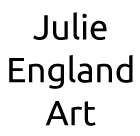Dallas Morning News Article
“For someone starting something new, my advice would be, do not focus on the outcome. Of course it’s not good. You just started. I learned to be patient with myself.”
READ THE ENTIRE ARTICLE at http://ireader.olivesoftware.com/Olive/iReader/DMN/SharedArticle.ashx?document=DMN%5C2016%5C07%5C12&article=Ar05201
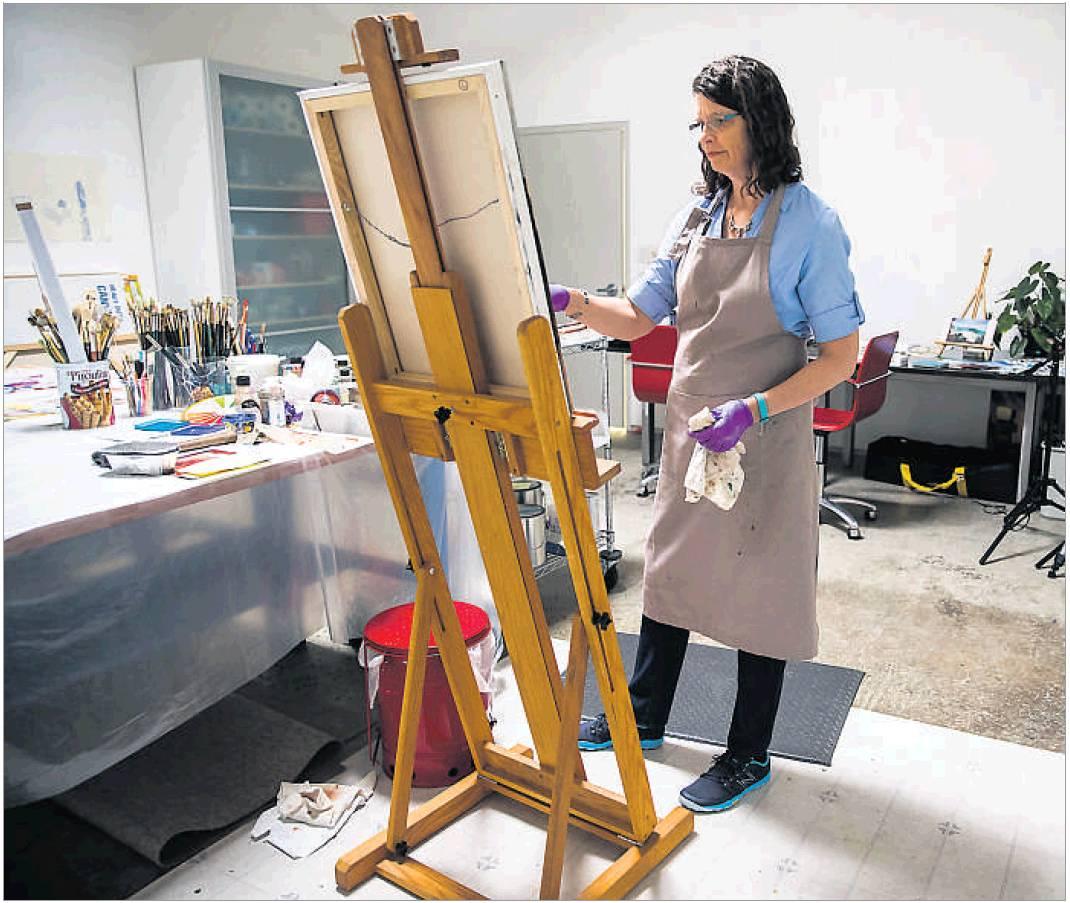
Upcoming Exhibits and Dallas Morning News article
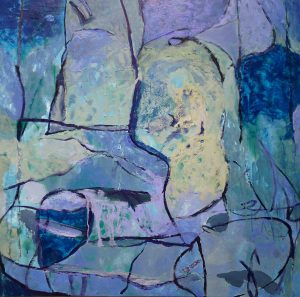 Julie’s mid-June exhibit will be Mercedes Benz Financial Services office in Fort Worth on Heritage Parkway; on view until April, 2017.
Julie’s mid-June exhibit will be Mercedes Benz Financial Services office in Fort Worth on Heritage Parkway; on view until April, 2017.
13650 Heritage Parkway Fort Worth, TX 76177. (800) 654-6222. http://mbfs-art.com/
Click on the EXHIBITS tab to see the art exhibits and public spaces where art works are being displayed.
Julie will be in two very special small group (3 artist) exhibits this July 18 – August 12 at Cedar Valley College in Lancaster, TX and in October at Eisemann Performance Center in Richardson, TX titled a Sense of Place.
The opening reception at Cedar Valley College for A Sense of Place exhibit is July 22, Friday, 5-7pm. Please join us!
Mary Jacobs, writer at the Dallas Morning News, writes a quarterly column about second careers called Second Wind. Julie will be profiled for her art career transition in the upcoming edition expected on July 12.
If you are member of the Dallas Women’s Foundation, please hold the date November 11 on your calendar. Julie’s art studio in the Dallas Design District will host an “open studio night and reception” with at least four women artists in studio.
YouTube Videos – Julie England channel
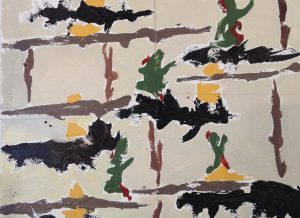 How does one get a movie on a YouTube channel? That was my goal this spring, after a suggestion was made in a critique by a visiting artist.
How does one get a movie on a YouTube channel? That was my goal this spring, after a suggestion was made in a critique by a visiting artist.
In collaboration with a digital artist, Julie has converted a long sequence of small paintings to two digital movies you can now view on YouTube.
JulieEnglandArt can be seen on Julie’s YouTube channel:
https://www.youtube.com/channel/UCQD7p4cUd-7GicKMdyYgBpg
My inspiration was the abstract gestures I witnessed in Helen Frankenthaler’s Abstract Expressionism. Next, I created two short digital movies from the artwork series. As I saw the thirty abstract images in the series, I realized it was like two personalities responding in their unique ways to Swan Lake II, each telling the other in their particular manner what mattered the most to them in their own voice. I also painted two, large-scale characters that evolved from my reaction in a series of artworks in response to Helen Frankenthaler’s Swan Lake II (see Extrovert and Introvert).
The painting-in-a-sequence process was very eye opening as I related to a an abstract expressionism masterpiece. The mark-making and limited palette added to the quality of the images. The ‘rule’ to relate each subsequent image to the prior added to the new creativity.
My painting is inspired by the energy of human nature and how people relate to their natural environment. My attraction to natural, organic imagery is complemented with a focus on the act of painting itself with emphasis on brush work and color.
Likewise, collaborating with a digital artist who specializes in coding art through his computer science perspective was beneficial. His ideas on how to present the art in a digital movie blended with my point of view was a positive experience.
If you like the digital videos, please let me know.
I have the beginnings of another movie art sequence where the subject will be abstract landscapes. I am excited about the format of digital art movies and the added dimension this brings to my creativity.
Can Saying No Lead to More Creativity?
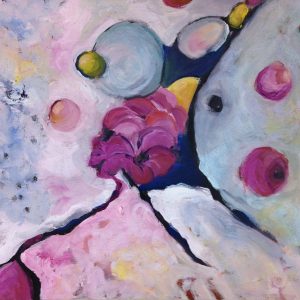 I first heard of Kevin Ashton in the radio frequency identification industry long ago when I had a career in the semiconductor industry. And now that I am pursuing a creative path as an oil painter, I read with much interest his recent article titled: Creative People Say No. As a nascent artist and oil painter working to understand the creative process and always feeling too busy, I thought I would pass along this jewel of wisdom about saying ‘no’. Let highlight three key take-aways. For Kevin Ashton’s article, see http://www.businessinsider.com/successful-creative-people-say-no-2015-1. “Creative People Say No” is an extract from Kevin Ashton’s new book, “How to Fly a Horse — The Secret History of Creation, Invention, and Discovery,”
I first heard of Kevin Ashton in the radio frequency identification industry long ago when I had a career in the semiconductor industry. And now that I am pursuing a creative path as an oil painter, I read with much interest his recent article titled: Creative People Say No. As a nascent artist and oil painter working to understand the creative process and always feeling too busy, I thought I would pass along this jewel of wisdom about saying ‘no’. Let highlight three key take-aways. For Kevin Ashton’s article, see http://www.businessinsider.com/successful-creative-people-say-no-2015-1. “Creative People Say No” is an extract from Kevin Ashton’s new book, “How to Fly a Horse — The Secret History of Creation, Invention, and Discovery,”
Saying no to free up more time for your passionate work has always me a challenge for me. A Hungarian psychology professor performing research on famous creative people encountered many declines to his invitation and many people said “no.” For example, according to Ashton:
- Management writer Peter Drucker: “One of the secrets of productivity (in which I believe whereas I do not believe in creativity) is to have a VERY BIG waste paper basket to take care of ALL invitations such as yours — productivity in my experience consists of NOT doing anything that helps the work of other people but to spend all one’s time on the work the Good Lord has fitted one to do, and to do well.”
Secretary to novelist Saul Bellow: “Mr. Bellow informed me that he remains creative in the second half of life, at least in part, because he does not allow himself to be a part of other people’s ‘studies.’ ” - Photographer Richard Avedon: “Sorry — too little time left.”
- I needed help saying no. About five years ago, I asked a very busy business executive to speak at a local event. She said no in a very polite manner through e-mail. She told me: “Thank you very much for reaching out. Unfortunately, for the foreseeable future, my days are already overcommitted with my existing travel and meeting schedule. In good conscience, I just cannot take on another commitment and give it the attention it deserves. I hope you will understand.” I kept her note and use portions of it often when I say ‘no’.
The second key point in Ashton’s article is that Time is the raw material of creation. Time over target matters: “the work of becoming expert through study and practice, the work of finding solutions to problems and problems with those solutions, the work of trial and error, the work of thinking and perfecting, the work of creating. Creating consumes. It is all day, every day. It knows neither weekends nor vacations. It is not when we feel like it. It is habit, compulsion, obsession, vocation. The common thread that links creators is how they spend their time. No matter what you read, no matter what they claim, nearly all creators spend nearly all their time on the work of creation. There are few overnight successes and many up-all-night successes.”
Perspiration and inspiration may have a lot to do with creativity; however, we need to have the time to do the work. Ashton reminds us “Saying “no” has more creative power than ideas, insights and talent combined. The math of time is simple: you have less than you think and need more than you know. We are not taught to say “no.” We are taught not to say “no.” “No” is rude. “No” is a rebuff, a rebuttal, a minor act of verbal violence. “No” is for drugs and strangers with candy.”
The big lesson here is the opportunity cost of not concentrating on your passionate, creative work. How much less creative work will be done because they are distracted on indirect tasks. Time is the scarce resource for each of us. Our time is already demanded by many things. Daily mandatory life tasks like buying groceries, doing laundry, and family all need our attention and time. Being ‘on task’ means more to creative types who feel the pain of opportunities lost.
People who create dislike intensely the common question: How long did it take to you make that? Why is this question dreaded? Because all the days they have spent on their craft since they started led to this object of creativity. Their entire career led to this moment. It cannot be measured in hours.
Cultural conditioning and societal pressures have made us more likely to say ‘yes’ to requests for our time. As Ashton observed: “No” makes us aloof, boring, impolite, unfriendly, selfish, anti-social, uncaring, lonely and an arsenal of other insults. But “no” is the button that keeps us on.
Learn to say no more often and spend more time on the work you love. The payoff will be more sustained creativity, a sense of fulfillment and more satisfaction with time spent.
2016 Upcoming Exhibits
New Year; New Outlook
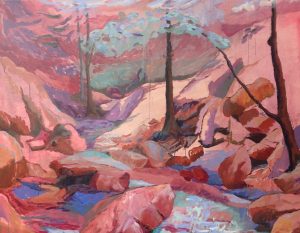 Reflecting on 2015, I am grateful for many positive and constructive growth experiences in my art work. There are teachers to thank and several milestones to be celebrated as well.
Reflecting on 2015, I am grateful for many positive and constructive growth experiences in my art work. There are teachers to thank and several milestones to be celebrated as well.
Please Join Us… December 3, 5-7pm
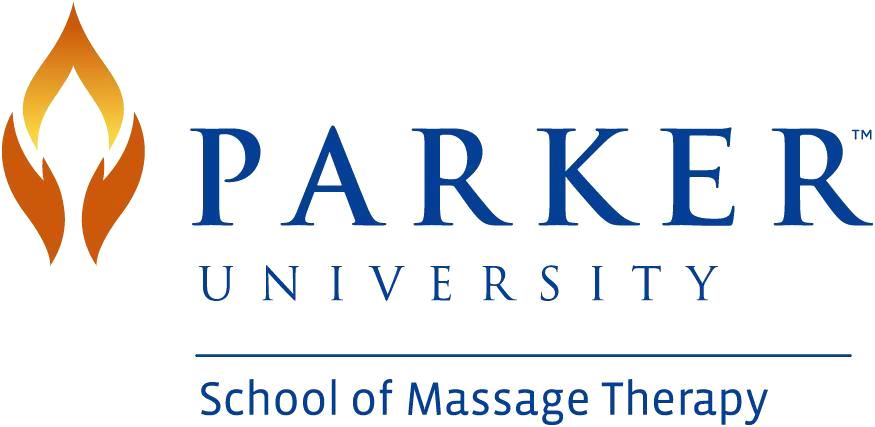
New Work Space; New Art Studio
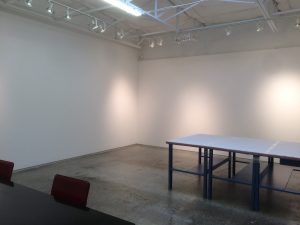 A new work space can bring new energy to any activity. This week I moved into a new art studio built for artists in the Dallas Design District. It is a single story building that was a gallery space and was converted into art studio spaces. All the occupants are artists and this space is all about art.
A new work space can bring new energy to any activity. This week I moved into a new art studio built for artists in the Dallas Design District. It is a single story building that was a gallery space and was converted into art studio spaces. All the occupants are artists and this space is all about art.A Word of Appreciation: 8/8/15
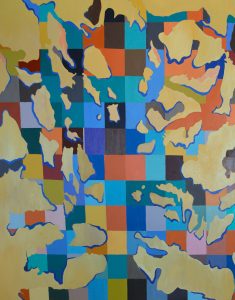 Our website has drawn in thousands. Thank you to our global visitors! I appreciate you. In addition, this is another good year of selling pieces of art. See the gallery called In Private Collections to see what has sold.
Our website has drawn in thousands. Thank you to our global visitors! I appreciate you. In addition, this is another good year of selling pieces of art. See the gallery called In Private Collections to see what has sold.
We have had over 30,000 visitors so far. Thank you! Our visitors are from countries around the globe. You are from 12 different countries and 35% of our visitors return again to view this site. Julie England Art posts go global!
Please take another look each month for new art that has been posted to the site . Or sign the Guestbook and receive a monthly reminder e-mail. Let’s stay in touch.
Fairchild & Co. Jewelry in Santa Fe, NM
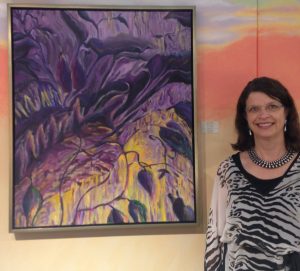 Two of my favorite things: jewelry and art! They go together so well in one of my favorite cities: Santa Fe, NM.
Two of my favorite things: jewelry and art! They go together so well in one of my favorite cities: Santa Fe, NM.
There is a new piece of art work on display and available for purchase at Fairchild & Co. jewelry store in Santa Fe, NM. If you visit Santa Fe later this year, please drop in to give it a look.
Saturday Afternoon
Oil on Canvas, framed
36 x 30 inches
2014
https://www.fairchildjewelry.com/
Located off the plaza in Santa Fe, NM
110 W. San Francisco Street
Santa Fe, NM 87501
Store Hours:
Monday – Saturday: 10 – 5
Sunday: 11 – 5
Phone Number:
505-984-2039
800-773-8123
